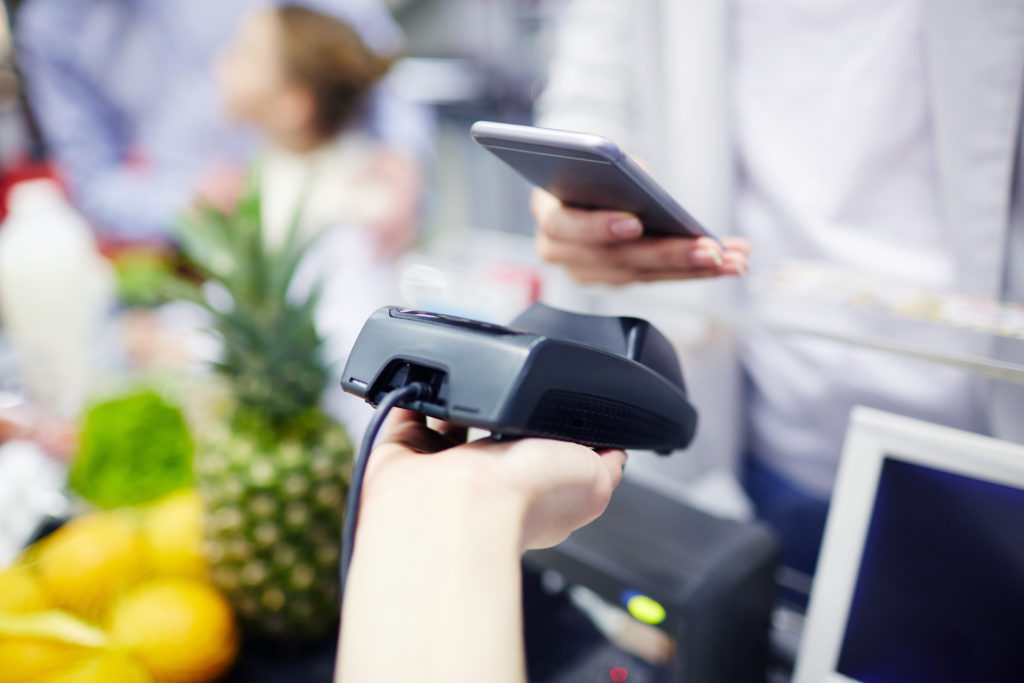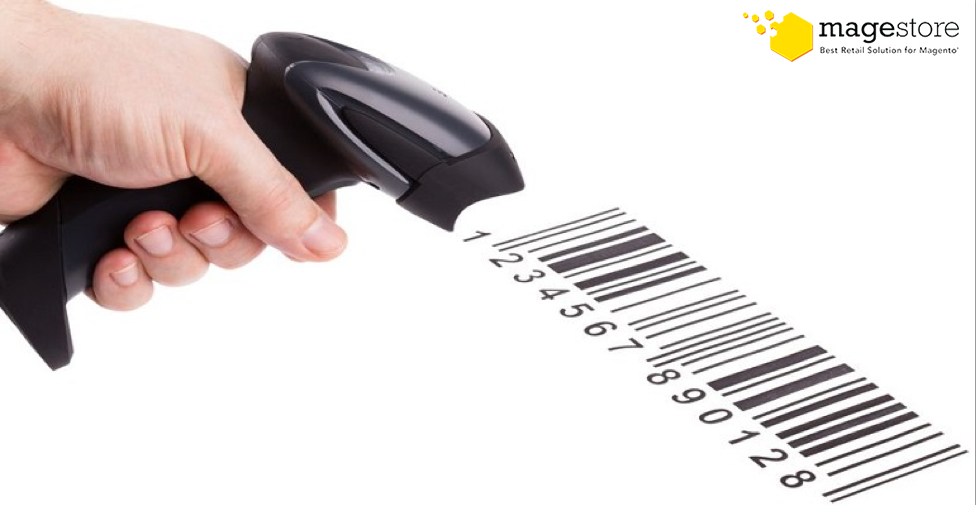Importance of grocery store POS system
Unlike other retail industries, grocery stores have a lot of special attributes that look more suitable for offline sales than online sales. The very clear proof is while the online sales has been growing constantly and dramatically, Amazon still purchased Whole Foods then launched its own chain of grocery stores. If you do business in grocery retail but don’t go online, this may put you in a risky situation where the world of ubiquitous competitors selling online. However, if you only sell online, it’s hard to approach the careful customers who enjoy going to the grocery shops to thoroughly choose the freshest items. That does confirm that although the grocery seems to be more suitable for offline sales, the combination of online channels and offline channels or Omnichannel solution is the best strategy to go for operating grocery shops.

In the scope of this article, we will only mention about the customers who choose Magento as the platform to deploy Omnichannel Strategy. Actually, for grocery retail, with its own special characteristics that might entail a lot of customization, Magento is still the best choice because of the most customizable capability. Thus, if you plan to open a grocery shop or plan to change your old offline system to a new Magento Omnichannel POS system, we’d like to discuss with you a few key points when choosing a POS system compared with other industries.
1. Integrate with Scale
This is one example of the scale which we used to do integration for client: Bizerba SC 100
In fact, it was not exactly the integration between POS system and scale but we modified POS to decode the number serial created from the scale. Therefore, you don’t need to ask API/SDK from the scale provider but only need to understand the mechanism on how the scale creates barcode.
Specifically, this scale supports generating different kinds of barcode but we chose to set up EAN 13 barcode as following:

Based on the guide from the scale manufacturer, you can set up each product with one PLU number (and possibly the corresponding price of this product) in the scale in advance. When a customer wants to buy 3 apples, you weigh them on the scale and input PLU number of apple: 0625 for instance, the scale weighs 3 apples as 498g so it generates the weight section: 00498 ( 5-digit). Staff then scans the barcode number generated by the scale. In this case, the POS needs to read the barcode number and decodes it as 0625, 00498, etc. then understand that this customer wants to buy apples of 498g. POS finally calculates the final price based on the weight and the price of apple and automatically adds the information to the cart for customers.
2. Control wastage with shrinkage report
As mentioned in another article of sample retail reports for different industries, it is essential to do reports to control the products you have to remove from the shelves each day. Thus, you can know if you preserve products properly or have strategy to push products for consumption as soon as possible, to finally decrease the cost and guarantee the profit.
3. Control expired products with batch/lot management
Because of short life-cycle attribute of a few special products in grocery shop, we might need to control the expiry date of these products efficiently. Plus, if there’s any problem happening with a product in one lot, we can easily find out all other orders having the products in that lot. Lots is the process of sorting inventory based on expiration date or by the time when a product was received. By filtering lots by expiration date, you’ll be making sure your products are being picked based on what expires first.
How it works: When a purchase order is received, assign a Lot number to it to track when an order comes in and what happens with items in a lot, including who, what, and why of its journey. The detail is shown as below:
- Manually assign a batch of goods a Lot number
- System assigns cost to Lot based off of raw material
- User assigns expiration date
- Finish goods labeled and add to inventory

In this situation, FIFO (first in first out) can be considered as the most typical way for accountants to control everything. Therefore, to support the accounting system, we need to be able to track down products by batch/lot as well.
We hope that this article brings you more insights when choosing an appropriate grocery store POS system. Let us know if there is anything unclear or if you want to have a further discussion by a talk with our consultants at your available time.




1 Comment
I read this article. It is most informative.